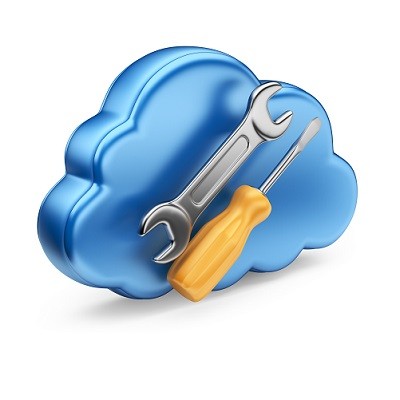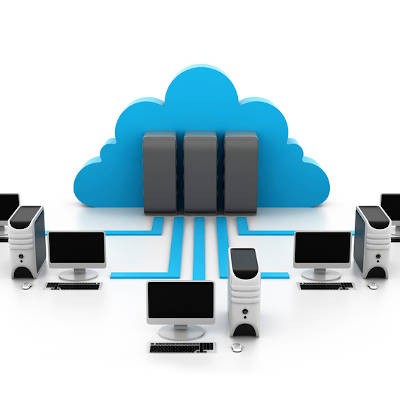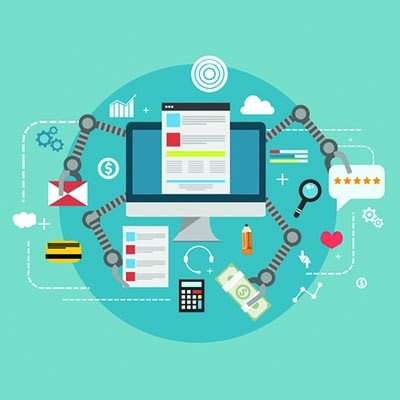SouthBridge Consulting Blog
Bidentifying a problem, researching solutions, and finding one that will successfully work to solve the problem. Traditionally, when dealing with technology, a company would procure the hardware and hire technicians to implement the solution and deploy the services needed. If they had to borrow money to do it, they would because the profits would presumably be more than the payments even with banks tacking on interest. businesses have many problems they need to solve. With technology, the process typically starts with
The modern business should be prioritizing its collaborative capabilities. After all, the benefits of collaboration include increased quality in products and services and customer service alike, all the while cutting costs. Of course, you may have already attempted to incorporate collaborative practices, but for some reason, they didn’t take. Let’s consider a few reasons that might have been the case.
Now that the school year has begun many young children are juggling between altered classroom setups and continued remote education. Naturally, this has caused a lot of people no small amount of stress. To try and relieve this stress and make the process of working or learning from home as effective as possible, we wanted to share a few tips with you.
As the COVID-19 pandemic continues around us, many businesses have found themselves seriously reconsidering their business’ infrastructure, pondering the switch from onsite hardware to cloud-based options. While these hosted options can offer businesses relief from a costly hardware refresh, it is important to acknowledge that cloud computing may not be a one-size-fits-all panacea. Let’s take a closer look.
Let’s be real. For most small businesses during this period, it’s been extremely difficult. If you were somehow able to sustain operations during this time, you most likely had to make some serious alterations to the way that you normally do things. Today, we’re going to take a look at some of the technologies that you probably already have, and how you can change the way you use them to benefit your business as concerns spike over COVID-19.
As an owner of a small business, there are a whole lot of issues that you have to confront every day. Besides the normal issues, there are always situations that pop up without warning. When your business is small and more easily manageable, they are easier to steer one way or another When your business starts growing rapidly, however, turning things around can get more difficult. This can turn into roadblocks to progress. Today, we will look at some of the issues that a small business owner will encounter when their business grows fast.
If you are an entrepreneur, changing the way that you look at your business can be pretty difficult. Many businesses start out with not much more than a ray of hope, so if your business is doing well, you must be doing something right. When demand makes you think bigger, your technology spend becomes a major priority. Let’s take a look at some of the changes a growing business has to make.
This is a strange time for everyone. For business owners, it’s filled with uncertainty as many of their businesses have had to shut down in the face of the global COVID-19 pandemic. Others were forced into embracing remote operations. For these companies, their cloud platforms are turning out to be major benefits. Today, we’ll explain why.
Technology can be complicated, and it doesn’t help when all you hear is an alphabet soup of acronyms used to describe it. As professionals, this kind of jargon has become a second language to us and it is easy to forget that not everyone will recognize these acronyms. For your reference, we’ve assembled some common ones you’ll probably hear us use.
If you’re in business today, there are three words that are critical for you keep in mind: Cybersecurity. Is. Important. As such, every business needs to have taken the time to put together a cybersecurity policy--a set of guidelines that instruct the business how to proceed with the highest level of security possible. We’ve taken the liberty of suggesting a few guidelines for your business to follow as you do so.
We hear a lot about the benefits of moving your business to the cloud. It can reduce that big expense on new infrastructure and the ongoing management costs. The cloud can increase the effectiveness of your IT budget. It can add functionality and increase user satisfaction.
Businesses are rapidly moving all or portions of their IT to the cloud, and for a lot of good reasons, but before you do, it is important to remember the following:
Windows 7 is only days away from being officially retired by Microsoft. The software company has done all it can to try to educate users about the end of the OS, which has its last support update on January 14, 2020, but won’t be getting any more. As of this writing there are still nearly 25 percent of computers running Windows 7. Let’s take a look at why it is imperative that you upgrade or find a solution to get out from under the Windows 7 OS.
Today is the first day of the third decade of the 21st century. For some, it’s just another year, but for others it seems almost impossible that we’ve reached this point without floating cars and manned missions to Jupiter. Fifty years ago, some of the technology that is used in the course of doing business was simply fiction or conjecture. We thought it would be neat to take a look at some of the technological changes made since 1970.
For most businesses, technology has a major role in what they do. They use it in all manners of ways, but there is no question that it has become a driving force for business. As the calendar flips to a new decade, we thought that it would be good to take a look at what the 2010s brought us, and what to expect in the 2020s.
Typically, when a business decides to upgrade their technology it is out of necessity. Either the business grows fast and starts to outpace the existing tech or it is burning through capital and has to find a solution to help optimize its operational efficiency. Of course, a business could very well think that some new technology will improve their profitability, or it could be mandated to change by regulation.
Traditionally, small businesses don’t use their data in the same way as larger companies. This is largely because they may not think they have a lot of data. Well, I’m here to tell you that even small businesses can have big data. Let’s go over three ways small business can use their data to their benefit.
Automation has been a hot button term for some time. Whether it is in reference to robots that manufacturers use to make their assembly lines more effective, the integrated workflows that today’s customer relationship management software presents, or A.I. crawling through mounds of data to help an entrepreneur better understand his/her business, automation is helping businesses move faster and be more agile. Today, we will look at how organizations are using automation, and how, even if it isn’t a big part of your business strategy today, it will need to be in the future.




















